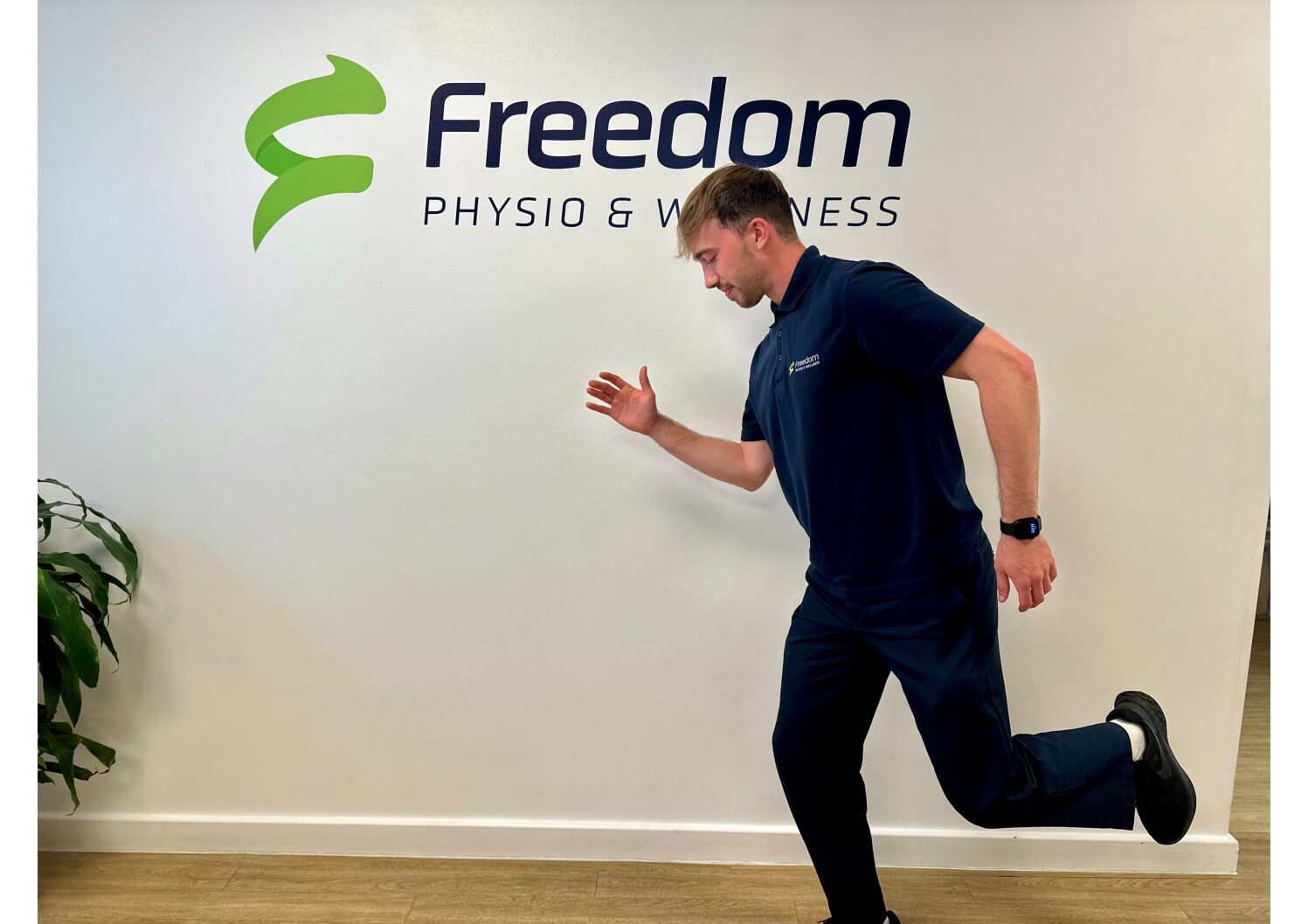Have you ever come across a Sports Therapist and wondered what sets this clinician apart from a physiotherapist? The terms Sports Therapist and physiotherapist are often used interchangeably, so what’s the difference between the two? Who should you choose, and how can both specialists help you?
What is Physiotherapy?
Physiotherapy is a healthcare profession that focuses on restoring and maximising physical function and mobility in people of all ages. Physiotherapists are highly trained professionals who work with patients to address a wide range of musculoskeletal, neurological, and respiratory conditions. Their primary goal is to help patients regain independence and improve their quality of life https://www.csp.org
How do Physiotherapists work?
Physiotherapists employ a variety of techniques and interventions based on their clinical expertise to assess, diagnose, and develop treatment plans tailored to each patient’s specific needs. These may include (but aren’t limited to):
- Manual therapy. This is a hands-on approach used to relieve pain, improve mobility, and promote healing through joint mobilisation, soft tissue manipulation, and stretching, for example.
- Therapeutic exercises. These are specific physical activities prescribed by physiotherapists to help patients recover from injuries or improve their strength, flexibility, and range of motion.
- Electrotherapy – a technique that uses electrical currents or impulses to stimulate muscles and nerves. This helps with pain management, muscle rehabilitation, and tissue healing.
- The use of assistive devices, such as crutches or walkers, orthoses, but also resistance bands, therapy balls, etc.

Collaboration is a fundamental aspect of physiotherapy practice. Physiotherapists add their best value when they work closely with other healthcare professionals, such as GPs, occupational therapists, and sports trainers (such as PTs and fitness coaches), to ensure a holistic approach to patient care. They take into account a person’s medical history, lifestyle, and individual goals when developing treatment plans, emphasising patient involvement and empowerment throughout the rehabilitation process.
What can Physiotherapists help with?
Physiotherapists commonly treat injuries such as sprains, strains, fractures, and dislocations. They help patients recover from surgeries, manage chronic conditions like arthritis or back pain, and rehabilitate from sports-related injuries. In addition to addressing physical injuries and impairments, physiotherapists also help patients recovering from strokes or neurological disorders. Assisting them in regaining functional abilities and improving their balance, coordination, and mobility Laura Cattell and Jolien Borrenberghs
So with that said, what is Sports Therapy, then?
What is Sports Therapy?
Sports Therapy is a specialised branch of healthcare that focuses primarily on the prevention, treatment and rehabilitation of injuries and musculoskeletal issues related to sports, exercise and general movement. Sports Therapists are qualified professionals who work closely with athletes and sports people (both amateur and professional). However, they also help the normal population!
They focus on providing injury assessment, treatment, and rehabilitation specific to sports related injuries to help people recover but also enhance their performance. By employing various techniques and modalities, which may be similar to what physiotherapists use, they aim to facilitate someone’s return to sports activities, optimise their physical condition, and prevent future injuries https://www.thesta.co.uk/
So while physiotherapy and sports therapy share similarities in the way they both focus on the physical rehabilitation and treatment of injuries (to restore mobility and functionality) and often overlap in approaches and techniques, Sports Therapy typically emphasises the specific needs and challenges faced by athletes by focusing on sports-specific techniques and conditioning. In other words, if you’re someone that moves or wants to move at any level and in any sport, you’ll want to see a Sports Therapist!
How do Sports Therapist work?
When you come and see us for the first time, we assess and diagnose any injuries, pain, or specific complaints or restrictions in movement by discussing and closely examining your condition and medical history. We may perform physical examinations, a range of motion tests, and, on occasion, even utilise imaging techniques to determine the extent of an injury. When required, and if it’s something we can’t do at the clinic, we’ll try our best to provide recommendations for other specialists who may help with further investigation.
We may then proceed with manual therapy. This includes treatments like massage and joint mobilisation to alleviate pain, reduce restrictions, and improve mobility. Often, we see your range of movement improve immediately at the back of a session. However, the work doesn’t stop at the appointment!
We can diagnose, help, and advise, but we need our patients to do the work too. During our sessions together, we might show you specific exercises (such as stretches or movements) that we’d like you to continue to do at home and in between appointments. While manual therapy is a great way to ease pain and reduce restrictions, your ticket to long-term success in your health and fitness journey is to do the work frequently and regularly. You may need to strengthen weaker muscles, address muscle tightness, correct asymmetries, or restore flexibility, for example. And these goals take time, consistency, and patience! Your exercises will vary depending on your circumstances. However, the aim is always to reduce pain and improve overall movement and performance.
Injury care and Prevention
A key principle for us at the clinic is to provide you with advice and guidance on injury prevention strategies. We want you to stay pain-free and injury-free! So while we may recommend a series of sessions together, we also want to enable you to take charge of your training and overall well-being Shannel Hutchinson
That means we may advise you on performing specific warm-out routines or coach you through using proper techniques or equipment. If relevant, we may even recommend a PT to help you achieve your specific goals. After each appointment, you’ll walk away with a personalised treatment plan tailored to your needs.






